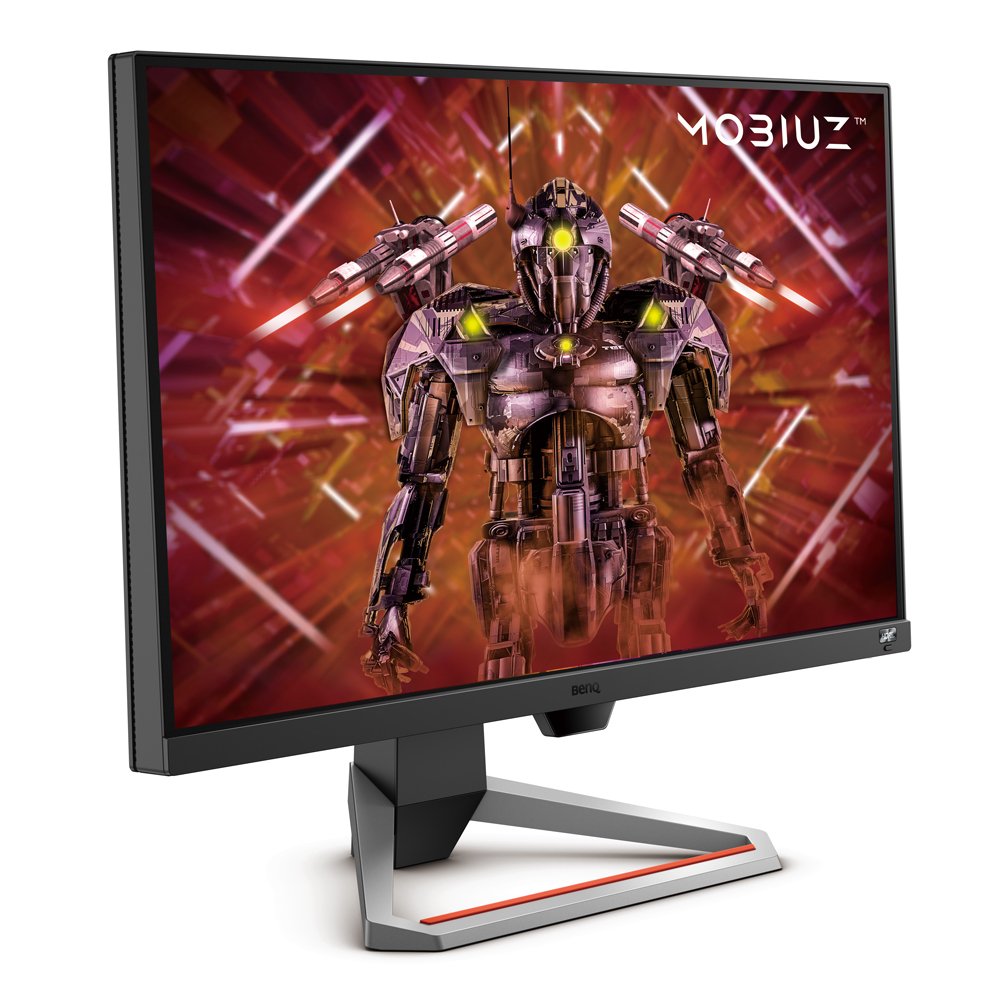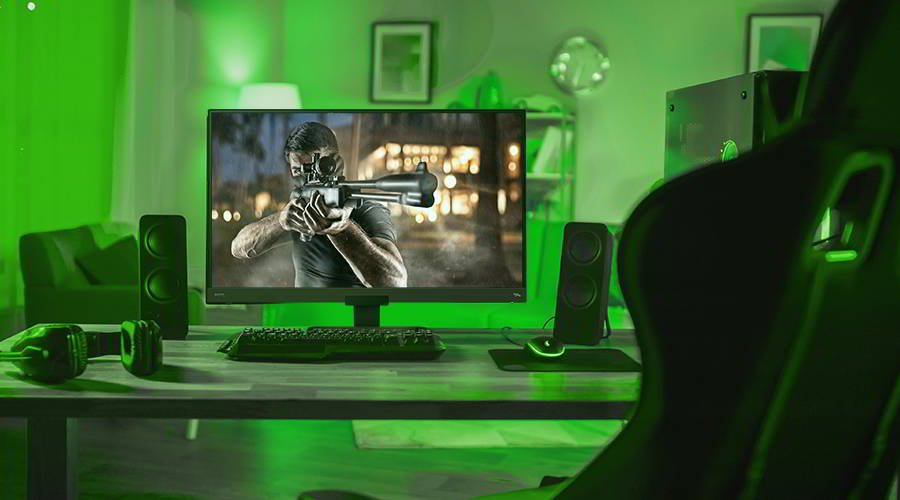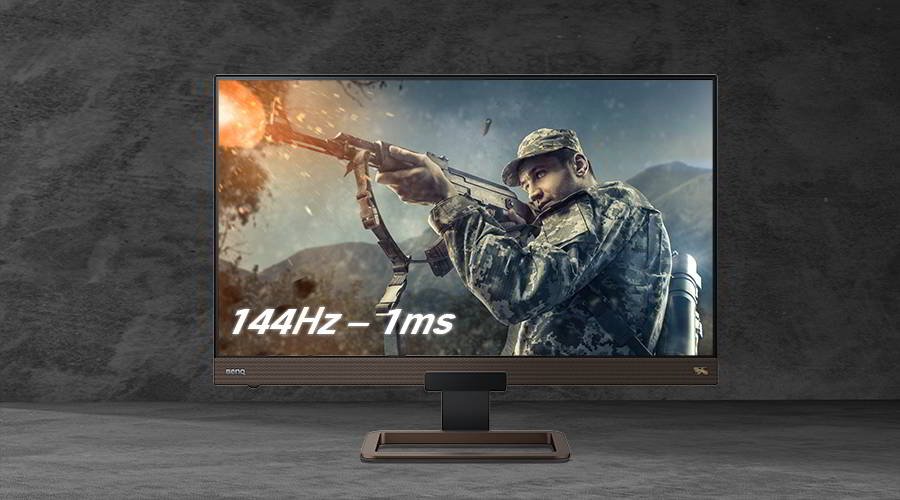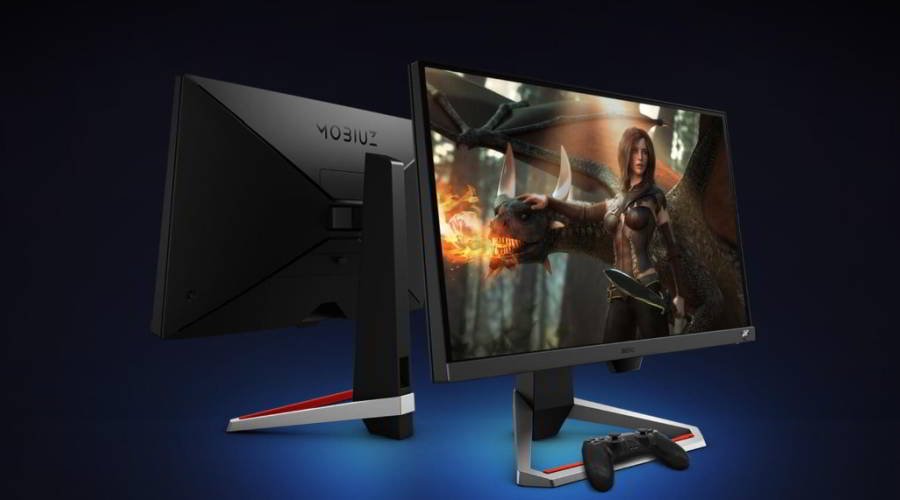Black eQualizer’s logic also reflects its naming. Here we have a technology that looks at areas of the screen that are meant to be dark, but turn out overly darkened when finally rendered. In a sense, this is the opposite of Light Tuner, but the net result is similar. Light Tuner reclaims details from improperly depicted bright areas, while Black eQualizer does essentially the same for incorrectly shown dark sections.
While Light Tuner works best in story-rich games, Black eQualizer hails from an esports lineage and is therefore most suited to high speed first person actioners like Call of Duty or intense survival shooters such as Escape from Tarkov. The primary benefit of Black eQualizer is spotting opponents and dangers hidden by crushed black levels or overly dark rendering. Importantly, Black eQualizer adjusts these areas to their correct values without disturbing the overall contrast of the display, so that while dark areas brighten up and feature more detail, bright areas don’t suffer from overexposure. This isn’t simple all-screen gamma adjustment. Both Light Tuner and Black eQualizer address specific areas of the screen, while leaving other sections untouched.
We hope this helps explain Light Tuner and Black eQualizer, two of the technologies you’ll find on BenQ gaming monitors. There’s more, for example Color Vibrance to highlight moving objects and characters against solid backgrounds, but we can get into that in a later article!





